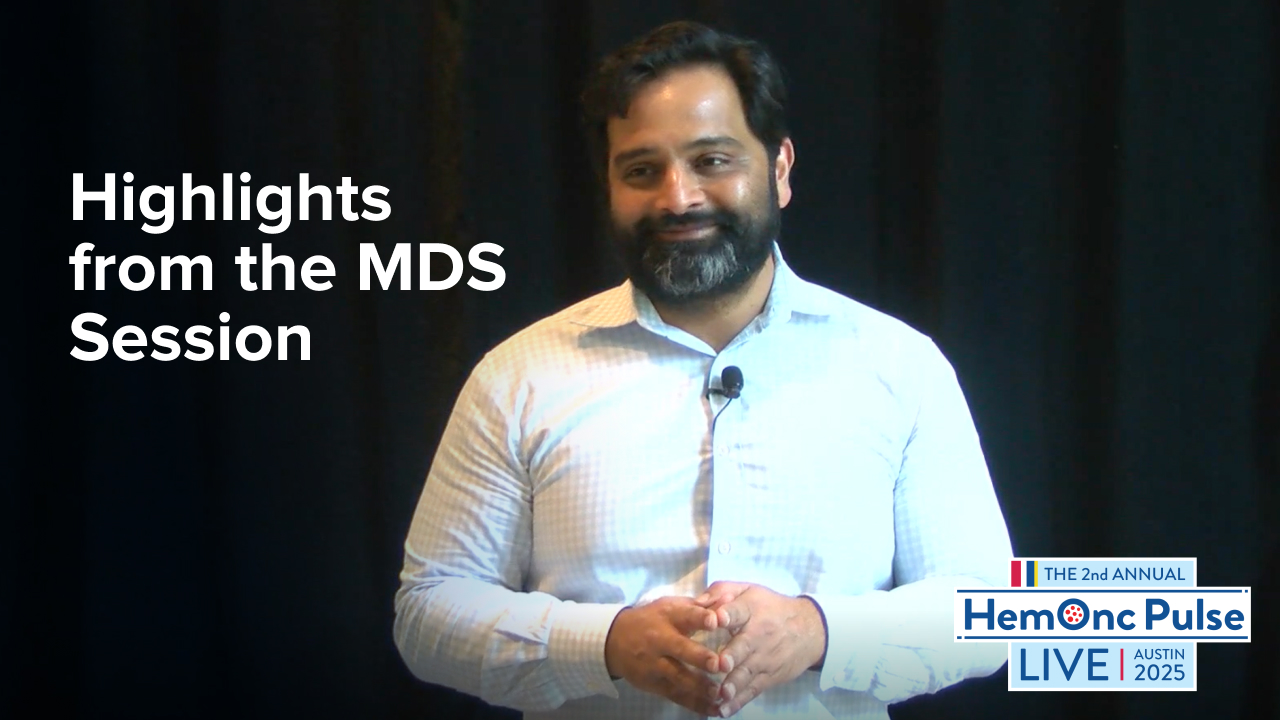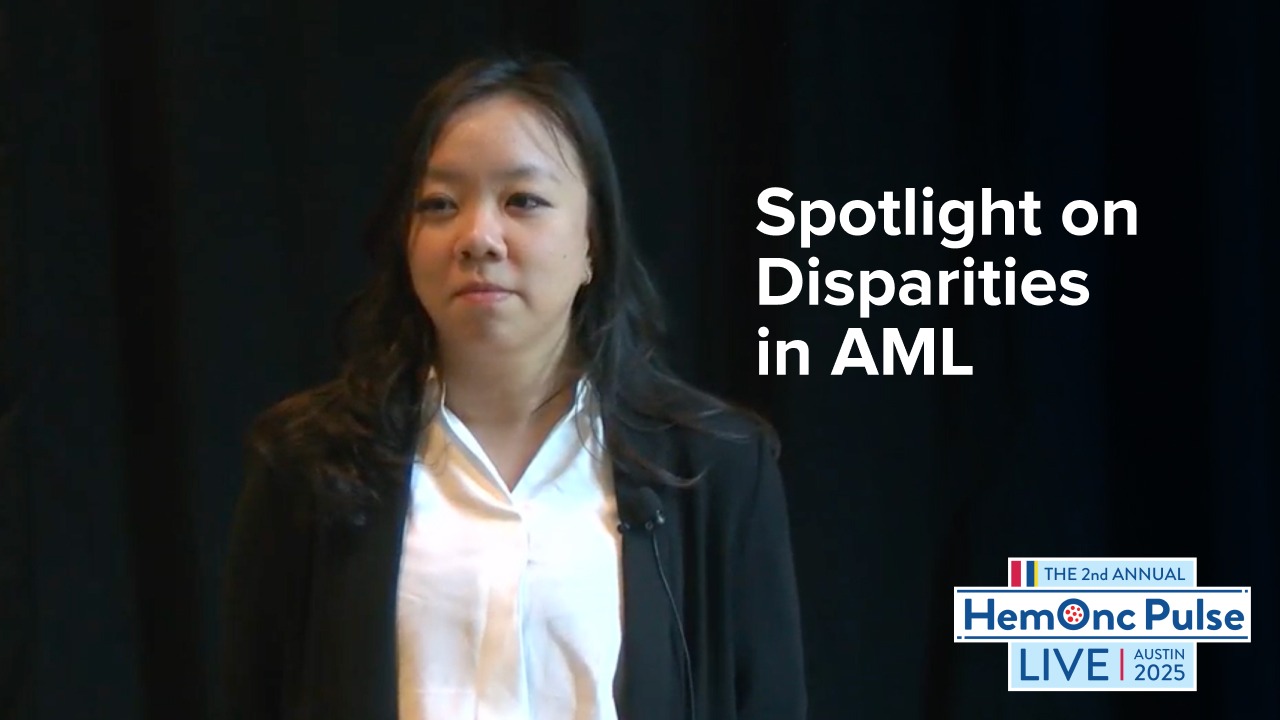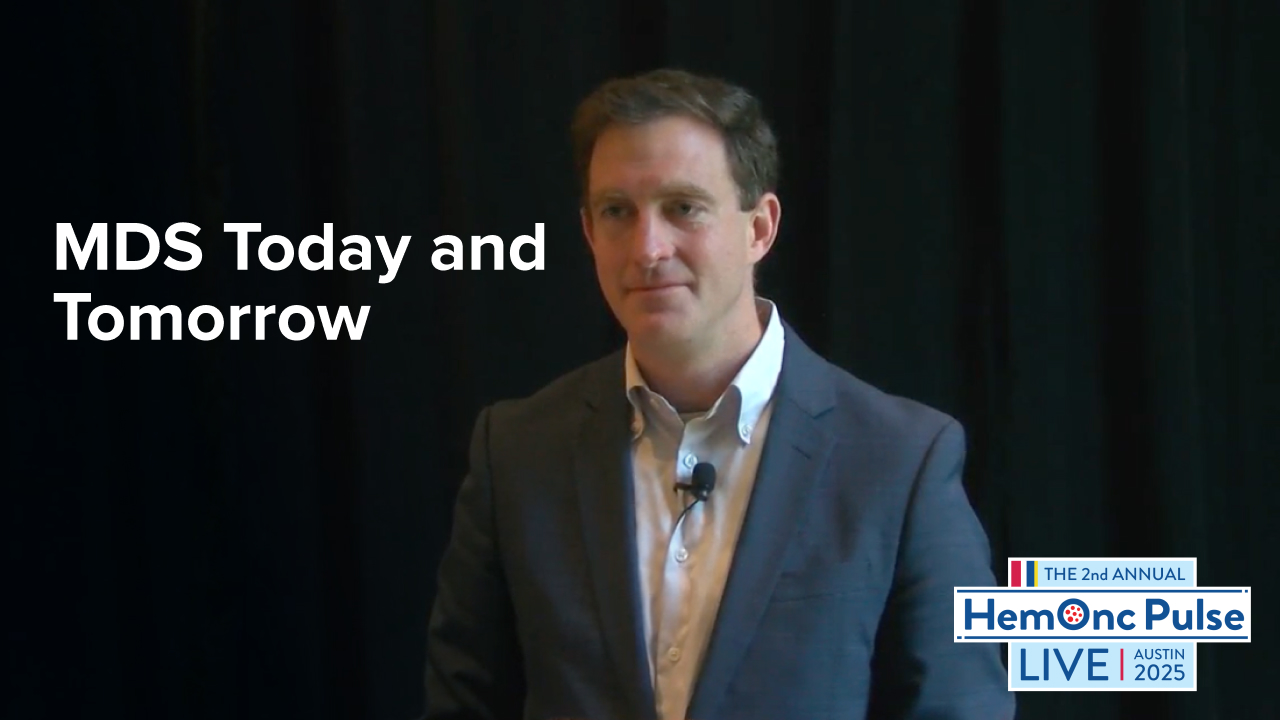Where Does CAR-T Fit in the Myeloma Treatment Algorithm?
By Sagar Lonial, MD, FACP, Noopur Raje, MD, Krina Patel, MD, MSc - Last Updated: October 15, 2023A roundtable discussion, moderated by Sagar Lonial, MD, FACP, Blood Cancers Today Editor-in-Chief, of the Winship Cancer Institute at Emory University School of Medicine, focused on the latest updates in CAR T-cell therapy for multiple myeloma. Dr. Lonial was joined by Noopur Raje, MD, and Krina Patel, MD, MSc.
In the next segment of the roundtable series, the panel considers where CAR T-cell therapy should fit in the myeloma treatment paradigm and the hopes for using this treatment tactic earlier for some patients.
Watch the next segment in this series.
—
Dr. Lonial: In your current practice, given the current FDA approvals and lines of therapy, where does CAR [chimeric antigen receptor] fit in your current treatment algorithm? Not where do you want it; where does it fit?
Dr. Raje: Unfortunately, if you’re giving standard of care CAR products, you still have to check off on those four prior lines of treatment. All of us are innovative about how we call those four lines of treatment, because the reality right now is very different. Most of us are using four-drug combinations upfront. We are certainly using three-drug combinations. By the time they’re in their second, third relapse, they’ve pretty much seen most of what’s available. Then getting them through a couple more lines of treatment to get them to CARs is what we are doing in reality. Hopefully with KarMMa-3 and CARTITUDE-4, that’s the benefit of those two trials. That indication will change, and we wouldn’t have to do what we are doing right now and offer these options earlier to patients.
Dr. Patel: Agreed. I usually have my patients, when I know they’re on their fourth line, that’s when I submit for insurance approval and all those things, because that can take a while. Then once we have that, it gives us time. Instead of going into an emergent situation where their disease is exploding and then trying to do it all. I can see if they’re responding to their current therapy. Well, maybe I just watch them, right? But if they’re not, if they have stable disease or they’re slowly still progressing, I can at least get them that slot so then I can give them something else for that bridging. Again, it’s that bridging piece, but if I don’t have anything left for bridging, the whole time, I’m very nervous; are we going to make it to the cells or not? I think earlier would help with both of those pieces.






 © 2025 Mashup Media, LLC, a Formedics Property. All Rights Reserved.
© 2025 Mashup Media, LLC, a Formedics Property. All Rights Reserved.